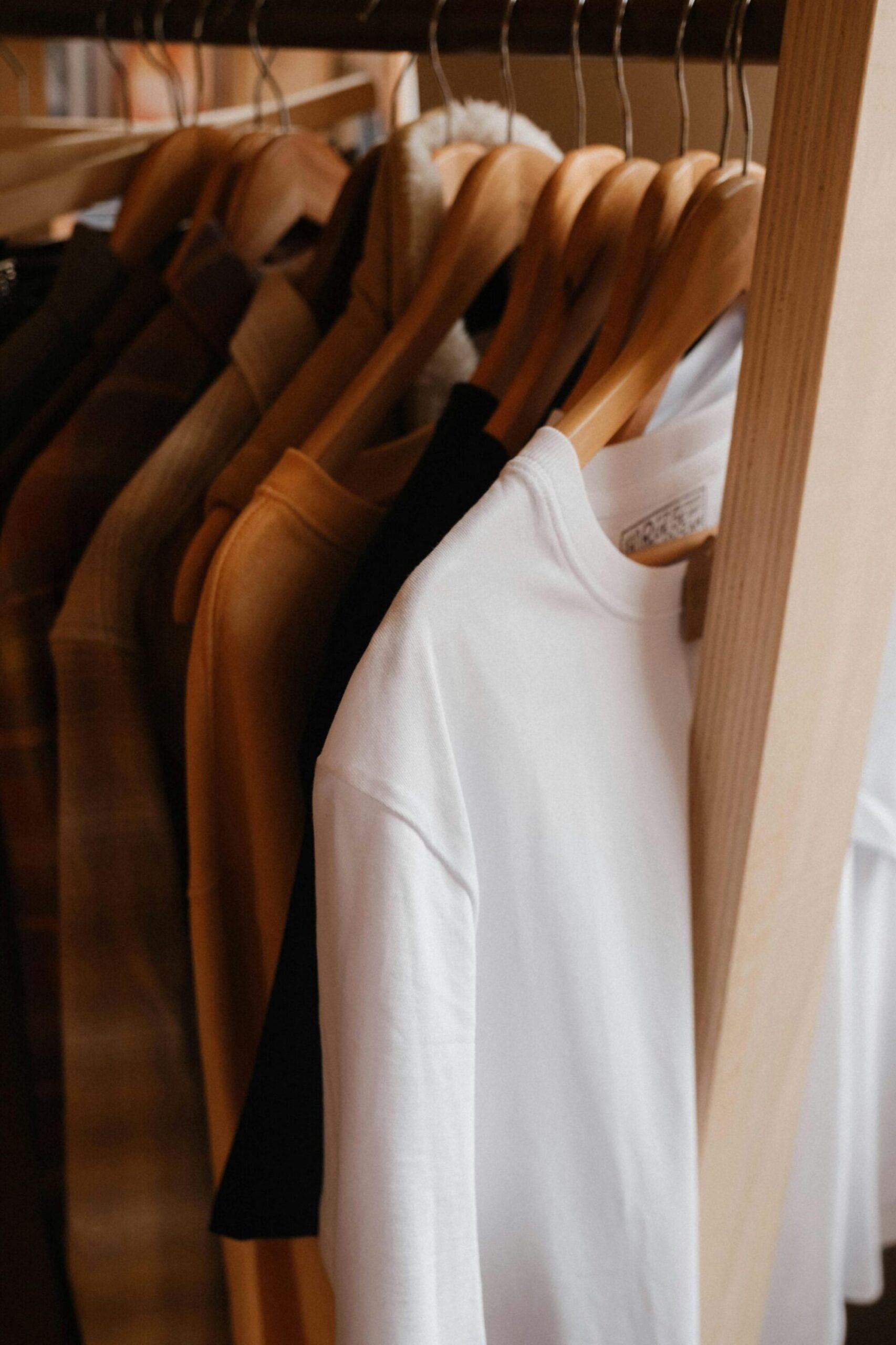
Shopping ethically doesn’t have to mean emptying your wallet or sacrificing style. As the demand for sustainable fashion grows, so do the options for affordable, ethical clothing that fits every budget and lifestyle. Whether you’re a student, a young professional, or simply a conscious consumer, this guide will show you how to build a wardrobe that aligns with your values-without overspending. Discover practical strategies, trusted brands, and insider tips to help you make smarter, more sustainable choices every time you shop.
Why Ethical Fashion Matters-And Why It’s Often Perceived as Expensive
Ethical fashion prioritizes fair wages, safe working conditions, and environmentally responsible production. Brands that commit to these standards often use higher-quality materials, pay living wages, and invest in sustainable practices, which can drive up costs compared to fast fashion. However, the perception that all ethical fashion is unaffordable is outdated. Today, a growing number of brands and shopping strategies make it possible to shop ethically on a budget.
The True Cost of Cheap Fashion
Fast fashion’s low prices often come at the expense of garment workers and the environment. Many fast fashion brands rely on underpaid labor and unsustainable production methods, resulting in pollution, waste, and exploitation. By choosing ethical alternatives, you’re supporting a system that values people and the planet.
Smart Strategies for Affordable Ethical Shopping
You don’t need a big budget to make a big impact. Here’s how to shop ethically without overspending:
1. Start with the Basics
Building a sustainable wardrobe begins with essentials. Focus on versatile basics-like t-shirts, underwear, and jeans-that you’ll wear often. These items are typically more affordable and offer the best cost-per-wear value.
- Pact offers Fair Trade Certified organic cotton basics at accessible prices, making it easy to start your ethical wardrobe with everyday essentials.
- Boody specializes in bamboo basics that are soft, durable, and budget-friendly.
2. Shop Secondhand and Vintage
Buying secondhand is one of the most sustainable-and affordable-ways to shop. Thrift stores, consignment shops, and online marketplaces like Etsy and Depop offer unique finds at a fraction of the cost of new items.
- Etsy features vintage and upcycled apparel from independent sellers, supporting small businesses and reducing waste.
- Local thrift stores and online platforms like ThredUp and Poshmark are treasure troves for quality, pre-loved fashion.
3. Host Clothing Swaps
Organize a clothing swap with friends, family, or your community. Swapping clothes is free, fun, and a great way to refresh your wardrobe sustainably. Many communities and universities host regular swap events-check local listings or start your own.
4. Buy Less, Choose Well
Adopt a “quality over quantity” mindset. Invest in fewer, higher-quality pieces that will last longer, reducing your overall spending and environmental impact. Consider the cost per wear-a well-made item worn frequently is often cheaper in the long run than a cheap item that falls apart after a few washes.
5. Look for Transparent, Affordable Brands
Many ethical brands are committed to affordability and transparency. Look for certifications like Fair Trade, GOTS (Global Organic Textile Standard), and OEKO-TEX, which signal responsible practices.
Top Affordable Ethical Brands
- Quince: Offers sustainable silk, cashmere, and basics at accessible prices, with a focus on ethical production and plastic-free packaging.
- Yes Friends: Delivers Fair Trade clothing at low prices by purchasing in large quantities and working with certified factories.
- Warp + Weft: Size-inclusive denim brand using sustainable practices and offering jeans at reasonable prices.
- Toad & Co: Known for travel and outdoor wear, with pre-loved options and a strong commitment to social and environmental initiatives.
- Known Supply: Prioritizes transparency and fair wages, allowing you to “meet the maker” of your garment via QR code.
6. Beware of Greenwashing
Some fast fashion brands market “conscious” or “eco” collections that don’t address the root issues of overproduction and worker exploitation. Always research a brand’s practices and look for third-party certifications to ensure your money supports genuine ethical initiatives.
How to Identify Truly Ethical and Affordable Brands
Not all “ethical” labels are created equal. Here’s what to look for:
- Certifications: Fair Trade, GOTS, OEKO-TEX, BSCI, WRAP, and Climate Neutral Certified are reliable indicators of ethical practices.
- Transparency: Brands that openly share information about their supply chain, wages, and environmental impact are more likely to be trustworthy.
- Materials: Organic cotton, hemp, bamboo, and recycled fibers are more sustainable choices.
- Community Impact: Brands that give back to communities or support social initiatives add extra value to your purchase.
Maximizing Your Budget: Practical Tips
Shop Off-Season and During Sales
Many ethical brands offer discounts during end-of-season sales or special promotions. Sign up for newsletters and follow your favorite brands on social media to stay informed about deals.
Use Discount Codes and Student Offers
Some ethical brands provide student discounts or first-time buyer codes. Check brand websites or platforms like Good On You for current offers.
Focus on Versatility
Choose pieces that can be styled multiple ways and worn across seasons. Neutral colors and classic cuts maximize your wardrobe’s flexibility and longevity.
Care for Your Clothes
Proper care extends the life of your garments, reducing the need for frequent replacements. Wash clothes in cold water, air dry when possible, and repair minor damage instead of discarding items.
Frequently Asked Questions About Affordable Ethical Fashion
Is it possible to build a fully ethical wardrobe on a tight budget?
Absolutely. Start small by replacing basics as needed, shop secondhand, and prioritize versatile pieces. Over time, your wardrobe will become more ethical without a major upfront investment.
Are there ethical options for plus-size or petite shoppers?
Yes. Brands like Warp + Weft, Quince, and Reformation offer inclusive sizing, making ethical fashion accessible to more body types.
How do I avoid greenwashing when shopping?
Look for third-party certifications, read brand transparency reports, and consult trusted resources like Good On You or Eco-Stylist for brand ratings and reviews.
What are some budget-friendly ethical brands for specific needs?
- Basics: Pact, Boody, Yes Friends
- Denim: Warp + Weft, ÉTICA
- Workwear: Quince, Toad & Co
- Activewear: Boody, Girlfriend Collective
- Occasionwear: Reformation (shop sales or pre-loved)
Real Stories: Affordable Ethical Fashion in Action
Many shoppers have found creative ways to align their wardrobes with their values:
- “I started by swapping clothes with friends and buying basics from Pact. Over time, I’ve added secondhand finds and a few investment pieces. My closet is now 80% ethical, and I spend less overall.” – Reddit user, r/SustainableFashion
- “Etsy is my go-to for unique, handmade pieces. I love supporting small businesses and always find something special within my budget.” – Quora user, Sustainable Fashion forum
The Long-Term Value of Ethical Shopping
While some ethical pieces may cost more upfront, their durability and timeless style often mean you buy less and wear items longer. This approach not only saves money over time but also reduces your environmental footprint.
Take the Next Step Toward Affordable Ethical Fashion
Shopping ethically on a budget is not only possible-it’s empowering. By making intentional choices, supporting transparent brands, and embracing secondhand and swapping, you can build a wardrobe that reflects your values and your style. Explore more tips, brand reviews, and sustainable fashion insights at blogonfashiontrends.com, your trusted resource for conscious style.
Ready to start your ethical fashion journey? Begin with a single swap, a thoughtful purchase, or a visit to your local thrift store. Every step counts-and your choices make a difference.

Great article